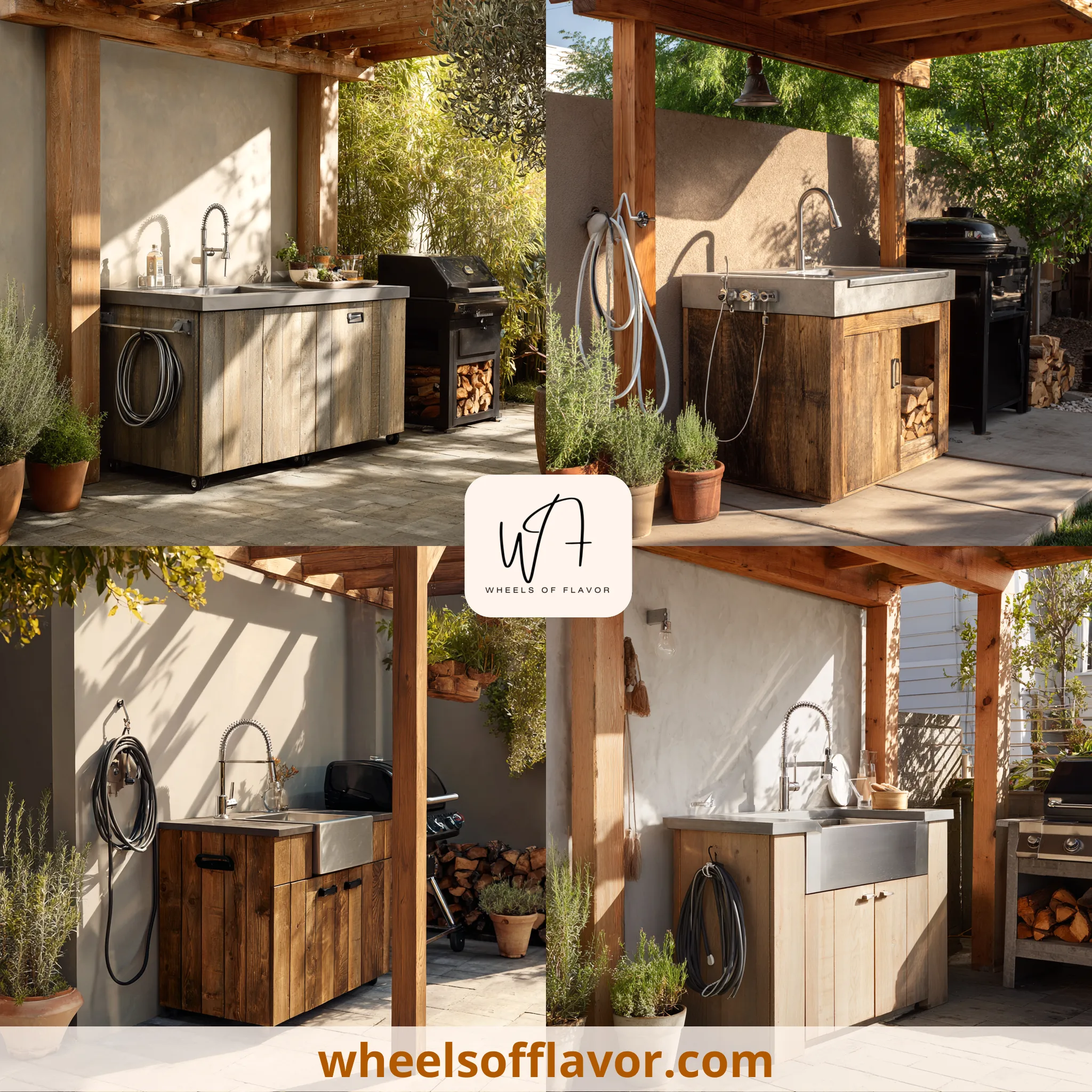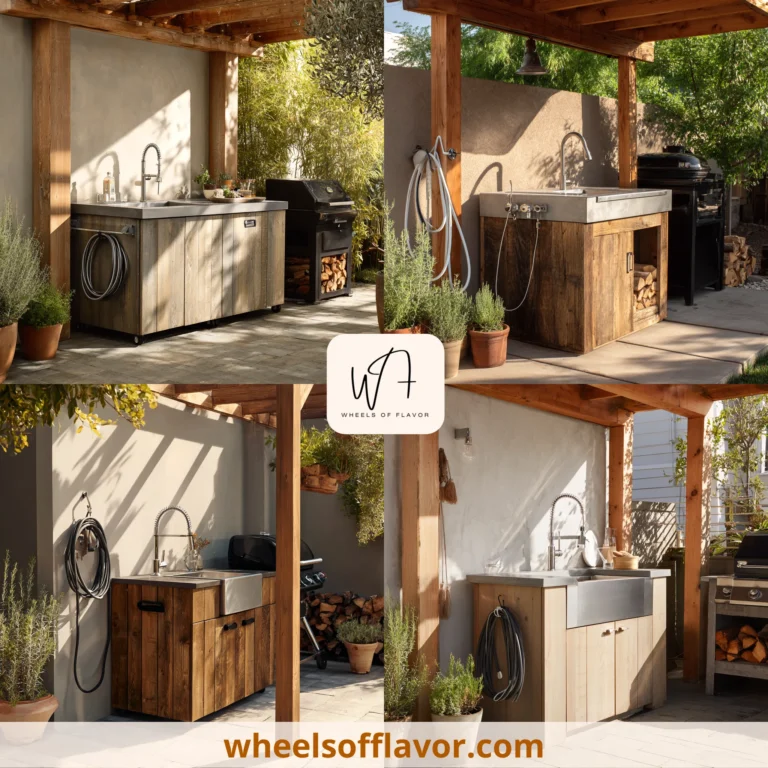
Embarking on an outdoor kitchen sink DIY project is not just about adding functionality to your backyard; it’s about creating a space that blends seamlessly with your outdoor living area, enhancing both its utility and aesthetic appeal. Whether you’re a seasoned DIY enthusiast or a beginner looking to tackle your first project, installing an outdoor kitchen sink can significantly elevate your outdoor cooking and entertaining experience. With the right tools, materials, and a bit of creativity, you can design a sink that meets your needs and reflects your personal style. This guide will walk you through the essentials of planning, building, and enjoying your very own outdoor kitchen sink, ensuring a rewarding DIY journey.
Planning Your Outdoor Kitchen Sink DIY Project
Before diving into your outdoor kitchen sink DIY project, careful planning is crucial. Start by determining the location of your sink, considering factors like proximity to your grill or cooking area, access to water supply, and drainage. Next, decide on the size and style of your sink to match your outdoor kitchen's design. Materials matter too; stainless steel offers durability and ease of maintenance, while stone or concrete can provide a more custom look. Don't forget to check local building codes and regulations to ensure compliance. Planning ahead will save you time and money, making the construction phase smoother and more enjoyable.
Essential Tools and Materials for Your Outdoor Kitchen Sink DIY
Gathering the right tools and materials is essential for a successful outdoor kitchen sink DIY project. You'll need basic tools like a drill, saw, and measuring tape, along with plumbing supplies for connecting water lines and drainage. For the sink itself, choose materials that can withstand outdoor conditions, such as stainless steel or treated stone. Countertop materials should also be weather-resistant, with options like granite, concrete, or tile. Remember, investing in quality materials upfront can prevent costly repairs or replacements down the line. For more inspiration and ideas, check out this comprehensive guide on outdoor kitchen designs.
Step-by-Step Guide to Building Your Outdoor Kitchen Sink
Building your outdoor kitchen sink involves several key steps: constructing the base or cabinet, installing the sink and countertop, and setting up the plumbing. Start by building a sturdy base that can support the weight of your sink and countertop. Next, cut an opening in the countertop for the sink and secure it in place with silicone caulk. Plumbing is the most technical part; ensure all connections are tight to prevent leaks. If you're not confident in your plumbing skills, consider hiring a professional for this step. Once everything is installed, test the sink for leaks and make any necessary adjustments. For more DIY tips, visit our guide on DIY and Budget-Friendly Decor.
Conclusion
Creating an outdoor kitchen sink through a DIY project is a rewarding endeavor that enhances your outdoor living space's functionality and style. By carefully planning your project, selecting the right materials, and following a step-by-step construction process, you can achieve professional-looking results that cater to your specific needs and preferences. An outdoor kitchen sink not only makes outdoor cooking and cleaning more convenient but also adds value to your home. As outdoor living spaces continue to grow in popularity, investing time and effort into your outdoor kitchen sink DIY project is a smart move that will pay off in enjoyment and usability for years to come.
Frequently Asked Questions
Q: What is the best material for an outdoor kitchen sink?
Stainless steel is highly recommended for outdoor kitchen sinks due to its durability, resistance to rust, and ease of maintenance. However, if you're looking for a more customized or natural look, materials like stone or concrete can also be excellent choices, provided they are properly sealed to withstand outdoor conditions.
Q: How do I ensure proper drainage for my outdoor kitchen sink?
Proper drainage is critical for an outdoor kitchen sink. You'll need to connect your sink to a drainage system that complies with local building codes. This may involve installing a grease trap or connecting to your home's main sewer line. Always consult a professional if you're unsure about the plumbing requirements in your area.
Q: Can I install an outdoor kitchen sink myself, or should I hire a professional?
While many aspects of an outdoor kitchen sink DIY project can be completed by a confident DIYer, plumbing and electrical work (if needed) may require professional assistance. It's important to assess your skills and comfort level with the project's requirements before starting. Hiring a professional for certain steps can ensure the job is done safely and correctly.

